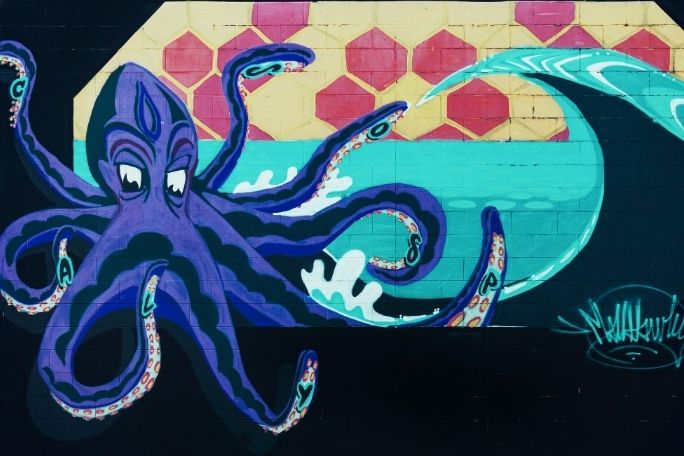Lesson summary
In this activity students act as animal artists who have been asked to submit works for an exhibition titled “Growl, Tweet, Hiss: Animal artists tell the story of climate change“. Students will research a local indigenous animal, identifying how it will be affected by climate change. They will then create an artwork based on how they think their animal would respond to climate change.
Learning intentions:
Students will...
- understand some of the impacts of climate change on animals.
- recognise different ways of representing ideas and beliefs through art.
- explore how to create an online gallery of student artworks.
Lesson guides and printables
Curriculum links
Select your curriculum from the options below.
Lesson details
Curriculum Mapping
Australian Curriculum content descriptions:
Year 5 Science:
- Living things have structural features and adaptations that help them to survive in their environment (ACSSU043)
Year 6 Science:
- The growth and survival of living things are affected by the physical conditions of their environment (ACSSU094)
Years 5 & 6 Visual Arts:
- Explore ideas and practices used by artists, including practices of Aboriginal and Torres Strait Islander artists, to represent different views, beliefs and opinions (ACAVAM114)
- Develop and apply techniques and processes when making their artworks (ACAVAM115)
- Plan the display of artworks to enhance their meaning for an audience (ACAVAM116)
Syllabus Outcomes: ST3-10LW, ST3-11LW, VAS3.1, VAS3.2.
Time required: 2 x 60 mins
Level of teacher scaffolding: Medium – assist students with research, oversee activity.
Resources required
- Internet access
- Student worksheets
- Art materials
Additional info
This lesson is part of the CLIMARTE unit. The unit is designed to help students build their knowledge of climate change by exploring the topic through the arts. By harnessing the creative power of the Arts, CLIMARTE aim to inform, engage and inspire real action on climate change. Following this lesson plan is an ideal way to expose your kids to climate change through the medium of art.


Welcome back!
Don't have an account yet?
Log in with:
Create your free Cool.org account.
Many of our resources are free, with an option to upgrade to Cool+ for premium content.
Already have an account?
Sign up with:
By signing up you accept Cool.org's Terms and Conditions(Opens in new tab) and Privacy Policy(Opens in new tab).